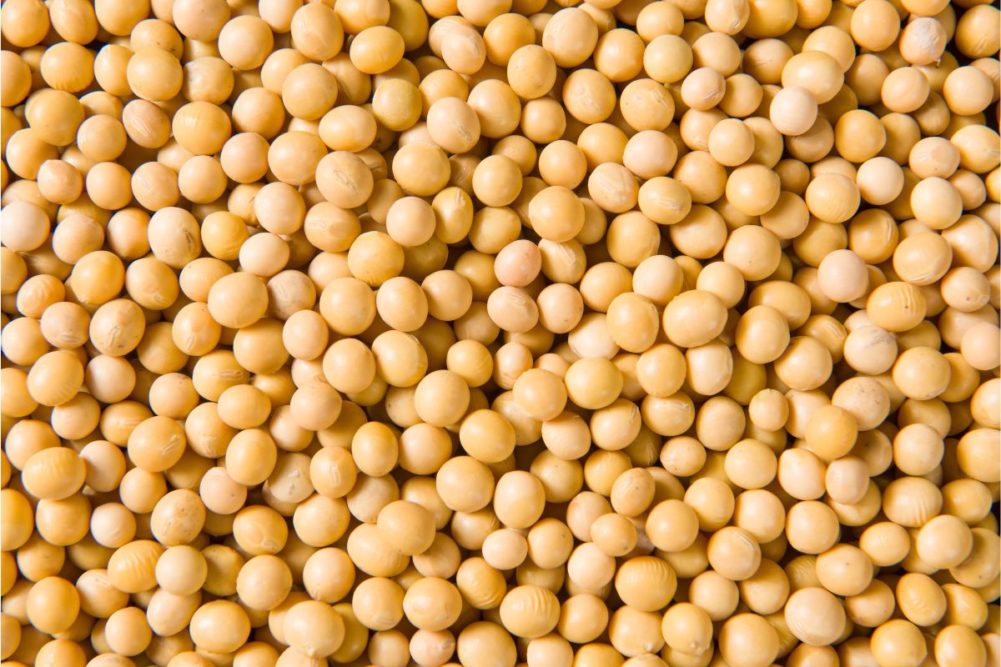ARLINGTON, VIRGINIA, US — US agricultural groups are supporting the US Department of Agriculture’s proposed removal of “soybeans of other colors” (SBOC) as a grading factor for determining soybean quality.
The National Grain and Feed Association (NGFA) and 42 other groups said in comments submitted to the USDA’s Agricultural Marketing Service (ASM) that the SBOC is contrary to the objectives of the US Grain Standards Act. It also jeopardizes the intent of US official grade determining factors and factor limits, the groups said.
AMS published the proposed amendments to the US Standards for Soybeans on March 31.
“The amount of seed coat variation resulting in US soybeans has increased over the past two years,” the NGFA said. “As a result, due to this increased presence of seed discoloration and the SBOC criteria in the standard, more soybeans have been downgraded on account of SBOC.”
Representatives of US soybean producers and grain traders have requested that USDA remove SBOC as a grade-determining factor for describing the quality of soybeans (e.g., US No. 1 yellow soybeans, US No. 2 yellow soybeans, etc.). Importantly, at the request of the Grain Inspection Advisory Committee, the Federal Grain Inspection Service conducted a study that found no significant differences in official protein or oil content in SBOC.
The proposed amendments would remove SBOC as a grade-determining factor but keep it in the standards as part of the definition of yellow soybeans.
“The fact that our domestic and international customers, as well as farmers and grain marketers, can count on well-known and widely recognized grade standards tends to draw customers to the US grain production/marketing system, and reduces trading risks for market participants,” the NGFA said.





